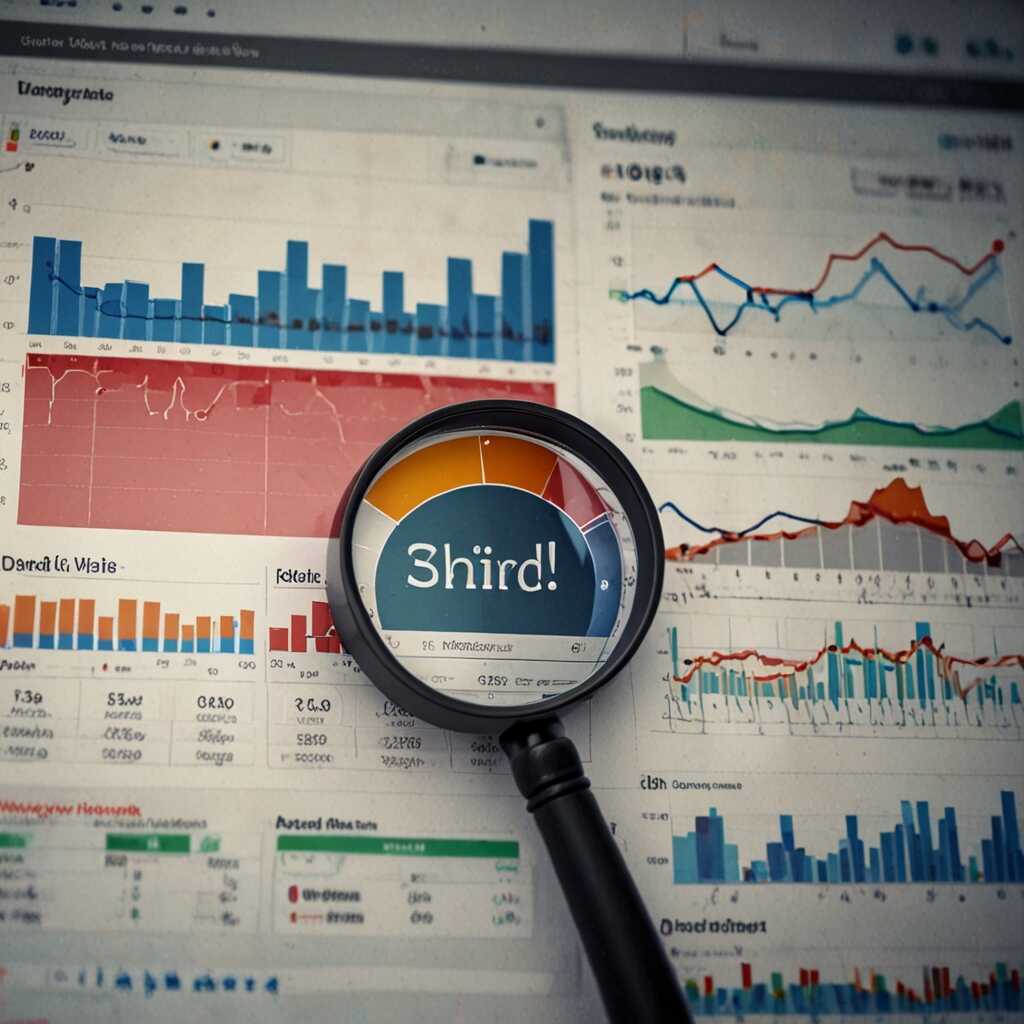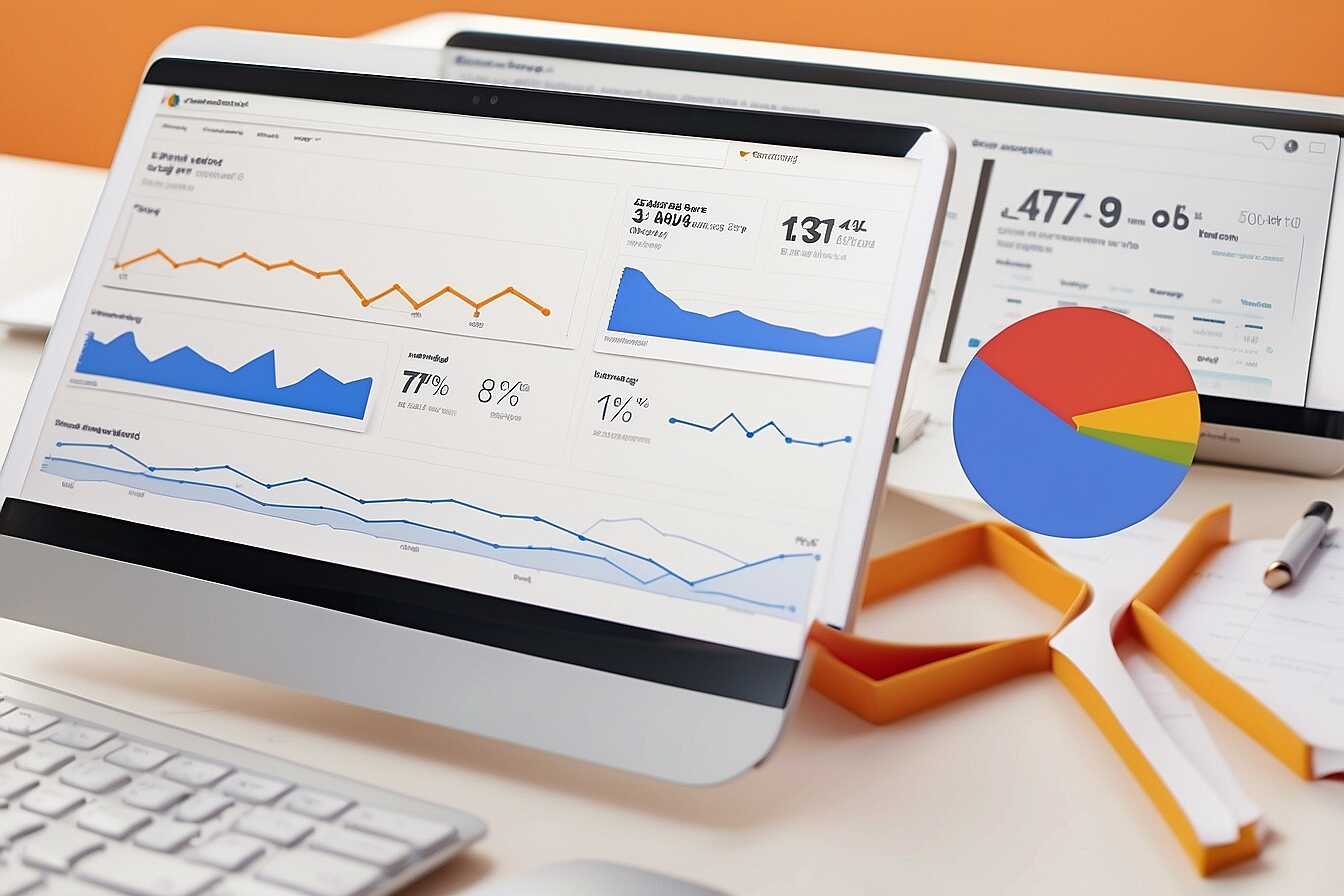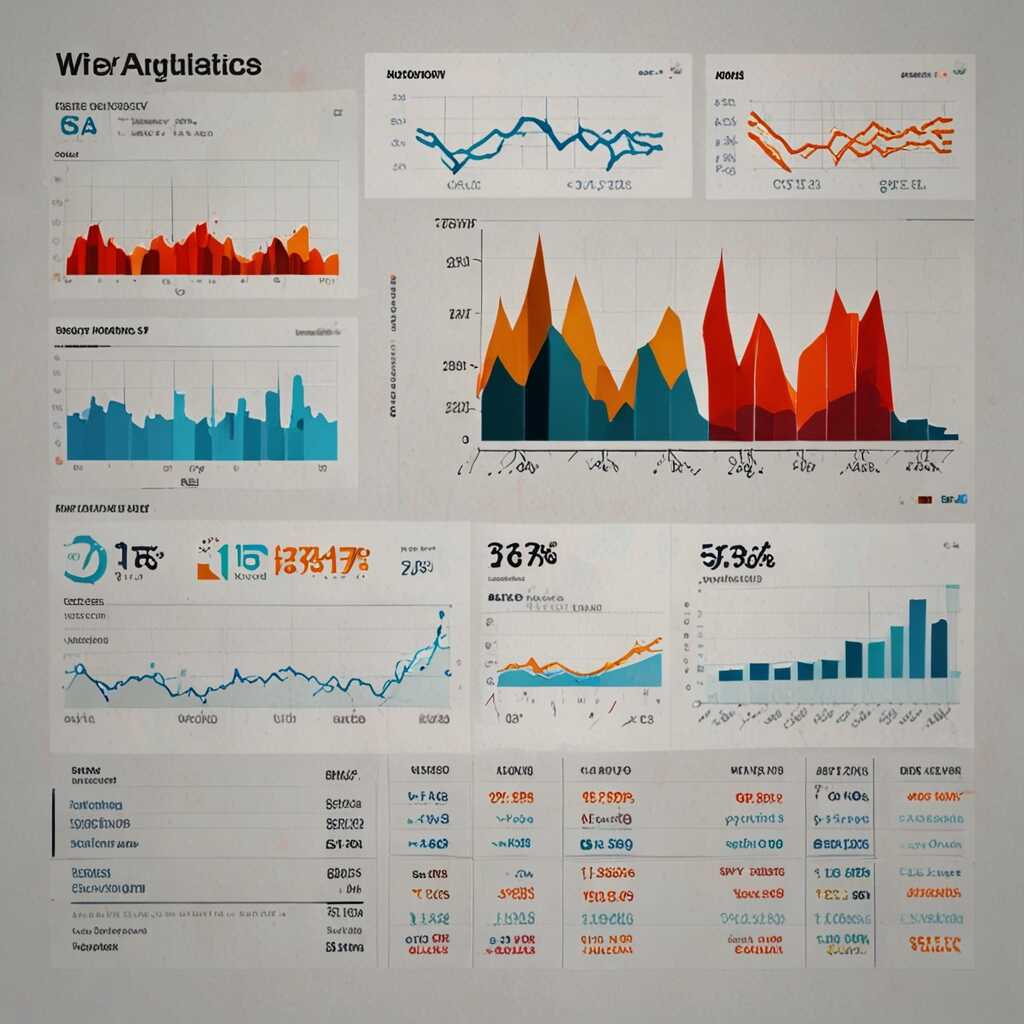Using canonical tags effectively is crucial to prevent SEO penalties and enhance your website’s search engine ranking. These tags help search engines understand which version of a page is the primary one, reducing duplicate content issues. At Metrics Rule, we leverage our expertise in technical SEO to guide you in implementing canonical tags correctly. By mastering this important aspect of on-page SEO, you can safeguard your site and improve its visibility in search results.
Understanding Canonical Tags and Their Role in SEO
Canonical tags are HTML elements that help search engines understand the preferred version of a webpage when multiple URLs have similar or duplicate content. They function by signaling to search engines which URL should be prioritized in indexing and ranking, thereby preventing duplicate content issues. Proper implementation of canonical tags is essential for ensuring that your primary URL is recognized over other variations, which can lead to penalties and reduced search visibility. In 2025, an estimated 70% of websites may effectively leverage canonical tags to avoid duplicate content penalties, enhancing their overall search engine optimization.
Best Practices for Implementing Canonical Tags
To ensure effective canonical tag implementation, always include a canonical link in the
section of your HTML code. This link should point to the main URL that you want to be indexed by search engines. Use absolute URLs, not relative ones, as they provide clearer direction to crawlers. Regularly review your website for duplicate content across different articles, products, or category pages. You can also utilize tools like Google Search Console and analytics platforms to analyze your URL structure, helping you identify where canonical tags can improve your SEO strategy. Implementing these best practices not only enhances your e-commerce stability but also provides a more seamless user experience.Identifying Common Implementation Mistakes with Canonical Tags
Many marketers fail to implement canonical tags correctly, which leads to SEO penalties. Common mistakes include using the same canonical URL for multiple pages, neglecting to update tags during site changes, or failing to include tags on important pages. Additionally, ignoring canonical tags when dealing with URL parameters can confuse search engines. It’s essential to ensure that the canonical tag points to the preferred version of the content, as this helps enhance indexing and helps prevent SEO penalties. One can implement a systematic review to verify that each page has a unique, properly formatted canonical tag.
Essential Guidelines for Correct Canonical Tag Use
When utilizing canonical tags, it’s crucial to follow established SEO best practices. First, confirm that your canonical URLs are absolute rather than relative for improved reliability. Next, ensure that you specify the primary version of your content across various platforms, especially in multi-regional or multi-language e-commerce sites. A good practice is to always test your canonical tags after implementation to ensure they properly direct search engines and maintain data integrity. This systematic testing approach will improve the performance of your search results, provide a reliable way to present your content, and help avoid common pitfalls.

Technical Guidelines for Setting Up Canonical Tags
Implementing canonical tags requires precise coding to ensure that they function correctly. First, add the canonical link element, which looks like this: <link rel=”canonical” href=”URL”> in the <head> section of your HTML. It is essential that the URL you specify is the preferred version of the page. Use only one canonical tag per page to avoid confusion for search engines. Testing your implementation with tools like Google’s Rich Results Test can help confirm that the tags are set up properly. Correctly executed canonical tags enhance SEO reliability, ensuring your page is indexed efficiently by search engines.
Best Practices for Canonical Tag Implementation
To get the most out of your canonical tags, follow best practices meticulously. Ensure that all variations of your content, like HTTP and HTTPS versions, point to the same canonical link. Regularly review your canonical URLs to verify they are still relevant and necessary. Using a consistent structure for your URLs contributes to better user experience and improved crawling efficiency by search engines. Additionally, utilize XML sitemaps to complement your canonical tags; this will strengthen your SEO strategy and improve indexing. Ultimately, these steps will help your pages rank better, enhancing your visibility in search results.
Key Numerical Insights for Tag Usage
- Over 60% of websites use duplicate content, risking visibility in search results.
- Using canonical tags can improve ranking by 30% in competitive markets.
- Experts recommend having a maximum of 1 canonical per page.
- Applying these tags correctly can reduce crawl budget usage by up to 70%.
- Approximately 90% of SEO penalties relate to duplicate content issues.
- Effective usage can boost organic traffic by up to 50% over time.
- Search engines process canonical tags within seconds of webpage requests.

Methods for Testing and Verifying Canonical Tags
To ensure canonical tags are functioning correctly and preventing SEO penalties, it’s essential to employ several testing methods. First, use tools like Google Search Console to check for indexing issues related to your canonical URLs. Analyzing the HTTP headers with tools like Screaming Frog can help confirm that canonical tags are returning the expected values. Additionally, utilizing browser extensions like MozBar or SEO Quake allows for quick checks of canonical tags directly on the page. Combining these tools can enhance your testing efficiency, providing reliable data about the functionality of your canonical tags. It is advisable to conduct at least three tests for each page to validate consistent results, increasing your confidence in their performance.
Effective Tools for Canonical Tag Verification
You can utilize several effective tools for verifying canonical tags. Google Search Console delivers insights into how Google views your tags, helping to identify potential issues with indexing. Screaming Frog can crawl your website to provide a comprehensive analysis of canonical tags across multiple pages, ensuring accurate functioning. Other tools like Ahrefs and SEMrush also offer excellent performance comparison features, revealing how your SEO setup, including canonical tags, stacks against competitors. Regular reviews of these tools can enhance your technical strategies and optimize your site’s SEO performance.

Case Studies of Effective Canonical Tag Implementation
This section highlights real-world examples of websites that successfully implemented effective canonical tags. Companies across various industries, such as e-commerce, blogs, and news outlets, have used canonical tags to prevent duplicate content issues and boost their SEO rankings. For instance, an online retail website implemented canonical tags on product pages that had similar listings. This vital step led to a significant improvement in search engine visibility. Similarly, a popular blog employed these tags to consolidate link equity from various URLs pointing to the same content, thus enhancing their overall credibility with search engines like Google.
Industries Most Benefiting from Canonical Tag Implementation
Different industries gain from the strategic use of effective canonical tags. E-commerce sites, especially those featuring multiple similar products, find these tags essential for maintaining clean SEO practices. Blogs can streamline their content funnel through canonical tags to ensure that readers land on the best version of their articles. News websites must manage duplicate information that can arise from syndication, benefiting from canonical tags to maintain their ranking reliability. By focusing on these practices, organizations across sectors can significantly enhance user experience and SEO performance by efficiently guiding search engines to their primary content.
Advantages of Proper Tag Implementation
- Using these tags helps consolidate link equity on your best page.
- This method enhances user navigation by guiding them to the preferred page.
- It allows search engines to better understand your content hierarchies.
- Correctly implemented tags can greatly reduce penalty risks from duplicate content.
- This strategy aids in maintaining consistent branding across multiple domains.
- Optimized tags lead to improved indexing speeds for new content.
- It can also help elevate your website’s overall authority in niche markets.

Impact of Canonical Tags on SEO and User Experience
The correct use of canonical tags offers several key benefits for SEO. Firstly, they help sort out duplicate content issues, which can confuse search engines and dilute the value of your pages. By designating a preferred version of a URL, canonical tags enhance your website’s reliability and improve its chance of ranking higher in search results. Improper use, however, can lead to significant SEO penalties and a poor user experience, such as leading users to incorrect or outdated pages. It’s essential to ensure that your canonical tags are properly implemented to facilitate a smoother user journey while maintaining strong search engine performance.
Ways Canonical Tags Enhance User Experience
Canonical tags play a crucial role in improving user experience by directing users to the most relevant page content. By reducing duplicate content and clearly indicating which version of a page to prioritize, canonical tags enhance the reliability of search results. This process helps streamline navigation and ensures that visitors land on the most informative and useful version of the content. Additionally, best practices in implementing canonical tags can lead to faster page loads and better site performance. Such optimizations make your website not only SEO-friendly but also more user-centric, which is crucial for retaining visitors and boosting overall engagement.
Staying Updated with Search Engine Guidelines on Canonical Tags
To enhance your SEO strategy, keep abreast of the latest search engine guidelines from Google and Bing concerning canonical tag implementation. Google encourages webmasters to use these tags to avoid content duplication, thus maintaining a website’s credibility and improving search engine rankings. Major search engines like Google, Bing, and Yahoo regularly update their guidelines to ensure effective SEO strategies. In general, each web page should contain only one canonical tag to streamline website indexing and ensure clear instructions for crawlers.
Best Practices for Implementing Canonical Tags
Implementing best practices for canonical tag implementation is essential for SEO success. Start by specifying the canonical URL in the HTML header of your web pages. This practice helps search engines understand which version of a page is the preferred one. Always ensure that the canonical tag points to the main content, and double-check for any typos in the URL. Regularly review the effectiveness of your canonical tags using SEO tools that analyze website indexing and search engine guidelines. Staying up-to-date with changes in these guidelines will significantly enhance your overall SEO performance.
Organizations and Use Cases for Canonical Practices
- eCommerce websites benefit from tags due to multiple product variations.
- Bloggers use canonical tags to manage content syndication efficiently.
- Large media sites require tags to handle duplicated articles across platforms.
- Small business websites gain improved SEO rankings by using these tags.
- Learning platforms utilize correct tagging to organize educational content.
- Custom software providers understand their audience by observing tag impacts.
- Marketing agencies often adopt these tags to improve client website performance.
Tools and Resources for Effective Canonical Tag Management
Managing canonical tags is essential for enhancing your website’s SEO. Several tools can help with this. Some of the top options include Screaming Frog, which enables you to analyze your website’s structure and identify canonical issues. Additionally, Yoast SEO provides features that help you set canonical URLs directly on your WordPress site. Another useful option is Ahrefs, which offers detailed insights into how your canonical tags are impacting indexing and crawling. Together, these tools support effective canonical tag management and help ensure your site ranks well in search engines.
Comparative Features of Canonical Tag Management Tools
When selecting a tool for canonical tag management, it’s essential to consider features like usability, performance, and reliability. For instance, Screaming Frog excels in providing detailed reports on canonical tags and their effectiveness. Yoast SEO is user-friendly, making it ideal for those using WordPress. Ahrefs, on the other hand, delivers comprehensive audits and allows for keyword tracking related to canonical tags. By comparing these factors, you can choose the best tool suitable for your website’s SEO needs, enhancing performance and ensuring efficient management of your canonical tags.
